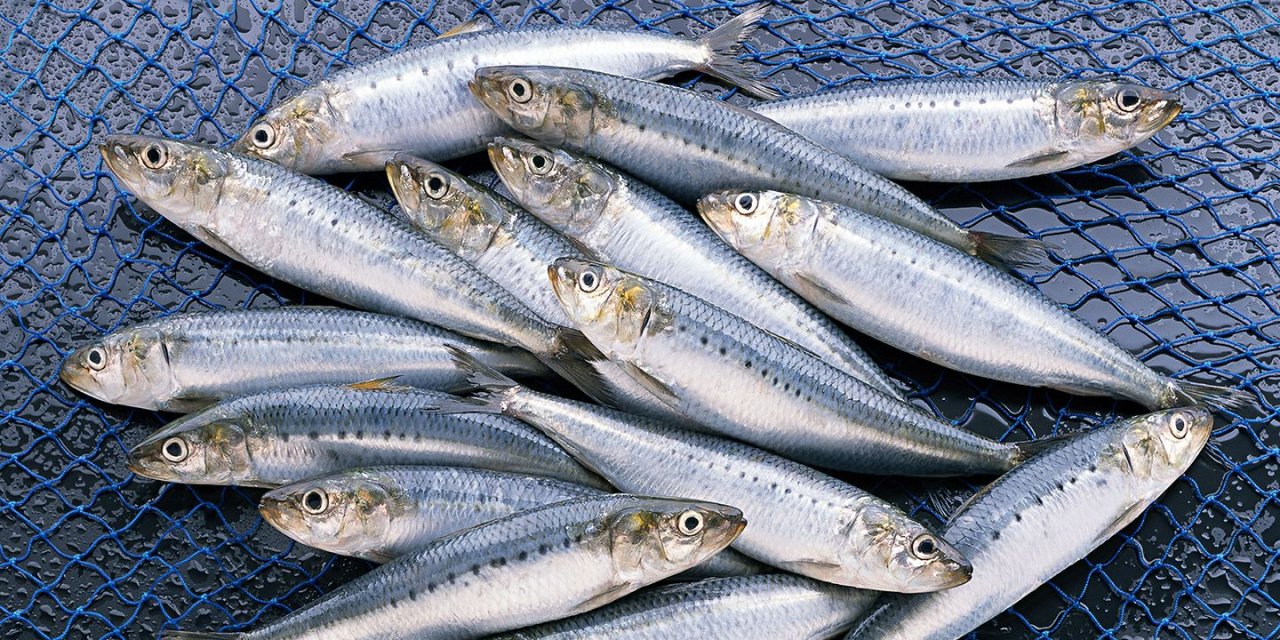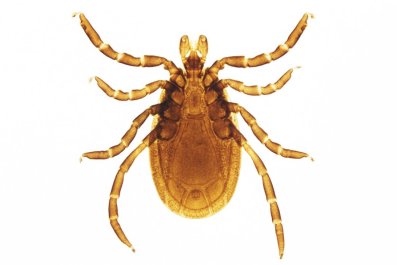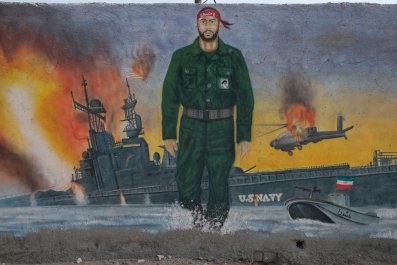In anticipation of the 50th anniversary of NASA astronauts landing on the moon, Newsweek is spotlighting pioneers in science and technology, highlighting their very own moonshots and how they hope to change the world. Mazi Ghorbani is an entrepreneur and inventor whose latest venture involves creating a sustainable protein derived from fish in an effort to combat childhood hunger.
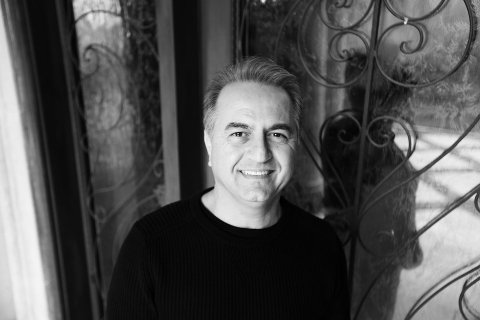
What is your moonshot?
My dream is to have our technology deployed all around the globe and literally save lives by delivering the most sustainable, healthy protein to the over 5 million children that die every year of malnutrition, along with all of the adults and young children in the developing world that are either stunted or undernourished.
Where's your inspiration from?
When my wife and I started an organization called PledgeToHumanity.org, helping underprivileged children and orphans, we were devastated by the millions of children who die every year from malnutrition. So we said, Let's come up with a food package unlike what the U.N. and UNICEF at the time were delivering, which was just carbohydrates and just fills up their stomach but doesn't really alleviate the root cause of the problem. The children die because they lack highly digestible protein.
I read a U.N. report that said fish protein was the savior of the world hunger problem, and it is the most sustainable raw material, abundant on Earth. To my surprise, I could not find any large-scale manufacturer that makes it. I said, We need to find out how to develop a truly sustainable and environmentally friendly technology, unlike anything else that has been done, and create an extraction technology where we can have the flexibility to find the most sustainable raw material, extract the protein out of it and make an odorless, tasteless, very desirable finished product.
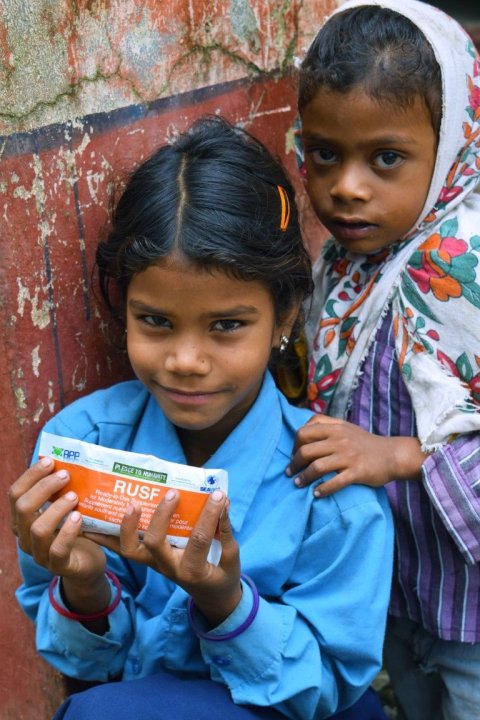
How does it work?
We wanted to develop a technology that is extremely sustainable, unlike enzymatic hydrolysis, which is how 99 percent of the proteins in the world are produced. We succeeded in our goal to develop an extraction technology that doesn't use any water or any land for cultivating our raw material. And our carbon footprint is extremely small. We can take more than 200 species of truly sustainable, abundant and bountiful FDA-approved fish. We buy them food grade through companies and fisheries that are [Marine Stewardship Council] certified, and we put it through a fully automated, proprietary mechanical extraction system. The technology has a very small footprint, and from the time that the fish arrives in our facility, it is handled in a food-grade manner, where it goes through a closed-loop system and nobody touches anything until a powder, oil and water come out.
We use absolutely zero water for processing. In fact, we actually make water—we extract it from the fish. And the protein that comes out is a super-protein powder: It has all the nutrients and no additives, it's got a long shelf life, and it has virtually no odor or taste.

How is the protein ingested?
Its characteristics enable it to be added to many foods that traditional proteins cannot be, such as ramen or pasta, or even baked goods. In India, we're doing a human study where the children eat potato patties. We can put our protein into the pasta, and then they can eat whatever they like, but they're actually getting a lot of very valuable and nutritional fish protein in it, without changing the taste of the product. We can put it in tortillas; you can't put traditional protein into tortillas or tortilla chips, but ours can go in there because it acts differently than traditional protein.
What have you learned from others who have tried to tackle similar problems?
We searched the globe to perfect the system, and some of the things that we found were that the same old technology was used in the protein manufacturing industry. We tried to stay away from enzymatic hydrolysis and microfilters because they require a lot of water. Also, we avoid the heavy use of synthetic enzymes and genetic modification, because some of the synthetic enzymes and acids remain in the food and affect its overall quality. We also learned to avoid oxidation through the design of the Seavior System, which is basically a closed-loop system that does not allow daylight or oxygen into the system so that the finished product is not oxidized while it is being processed.
Do you feel close to success?
Thanks to God, after a few years of very hard work, we are close to launching our full-scale plans. We have several tons of protein samples that have been tested successfully. We have wholesale customers that are waiting to receive the product. But our original and ongoing passion is taking care of the children. We have a program called Kilos for Kids, so for every kilo of protein that we sell, we're going to give away enough protein for a life-saving package for a child around the world.
What obstacles have you faced while trying to make this a reality?
Coming up with the fully automated technology that no one has done before was a big obstacle. Removing the odor and the taste from the finished product. And, mind you, we have three products, and we have zero waste. That means the fish goes in, and everything that comes out is usable. We add nothing—it's all from the fish.
Who are your mentors?
My number one mentor is the carpenter from Galilee, Jesus Christ. He's the one that multiplied the fishes in the Sea of Galilee. I know that's a cliché, but it's the truth. Besides God, my wife has really been the one to inspire me. She's dedicated her life to helping others without expecting anything in return.
What do you see the world being like in 20 years if you succeed?
In my wildest dreams, I would like to see our factories all around the globe, producing products and delivering it to all the population, so that we do not have stunted children in Asia, we don't have starving children in Africa, and we don't have millions of children die around the world from malnutrition. We can feed people in disaster times or in good times. My dream is to have a fleet of our patented Seavior ships all around the globe, going to every disaster area and really saving lives and enriching our food supply in a totally sustainable and environmentally friendly fashion.


